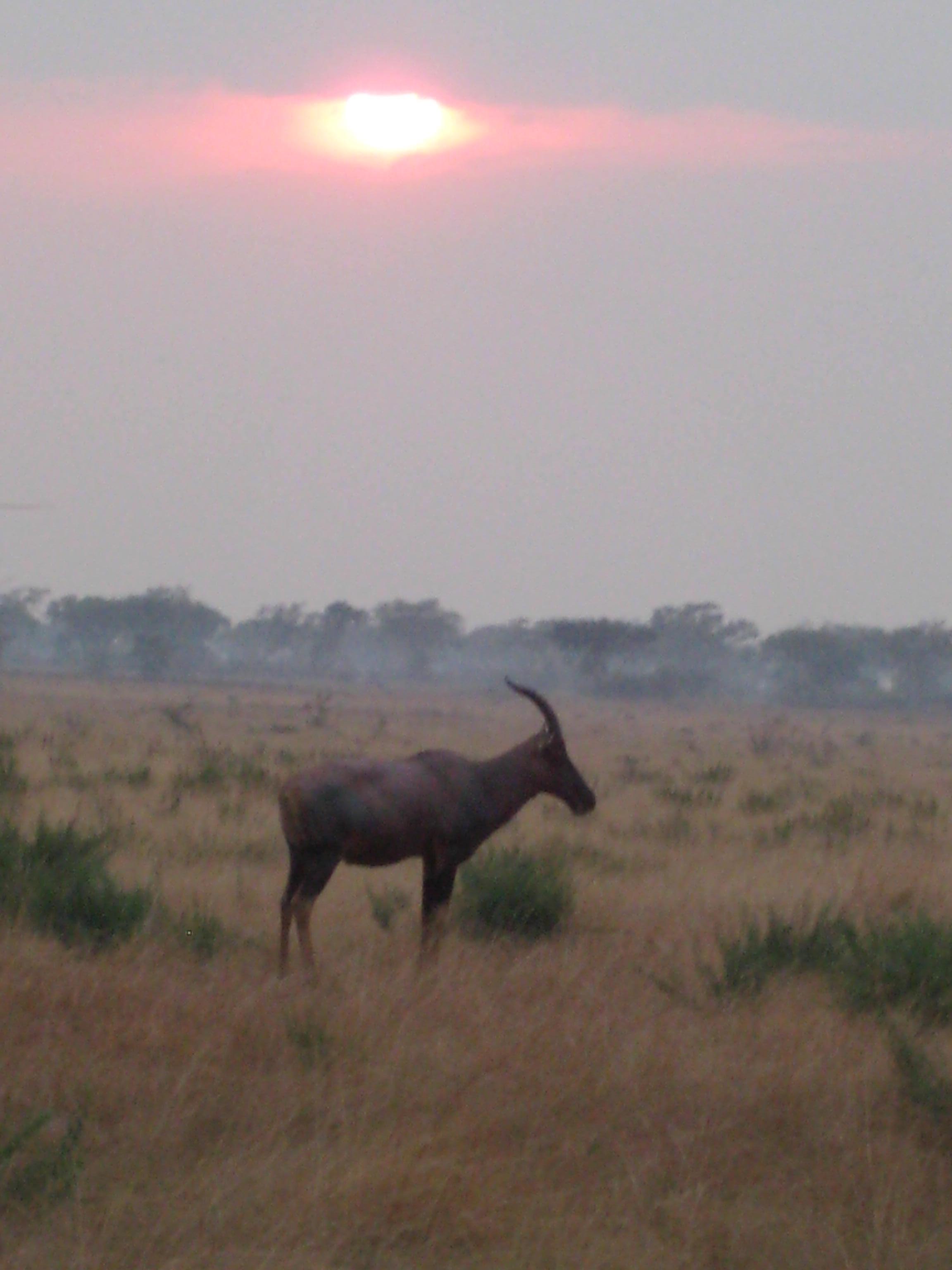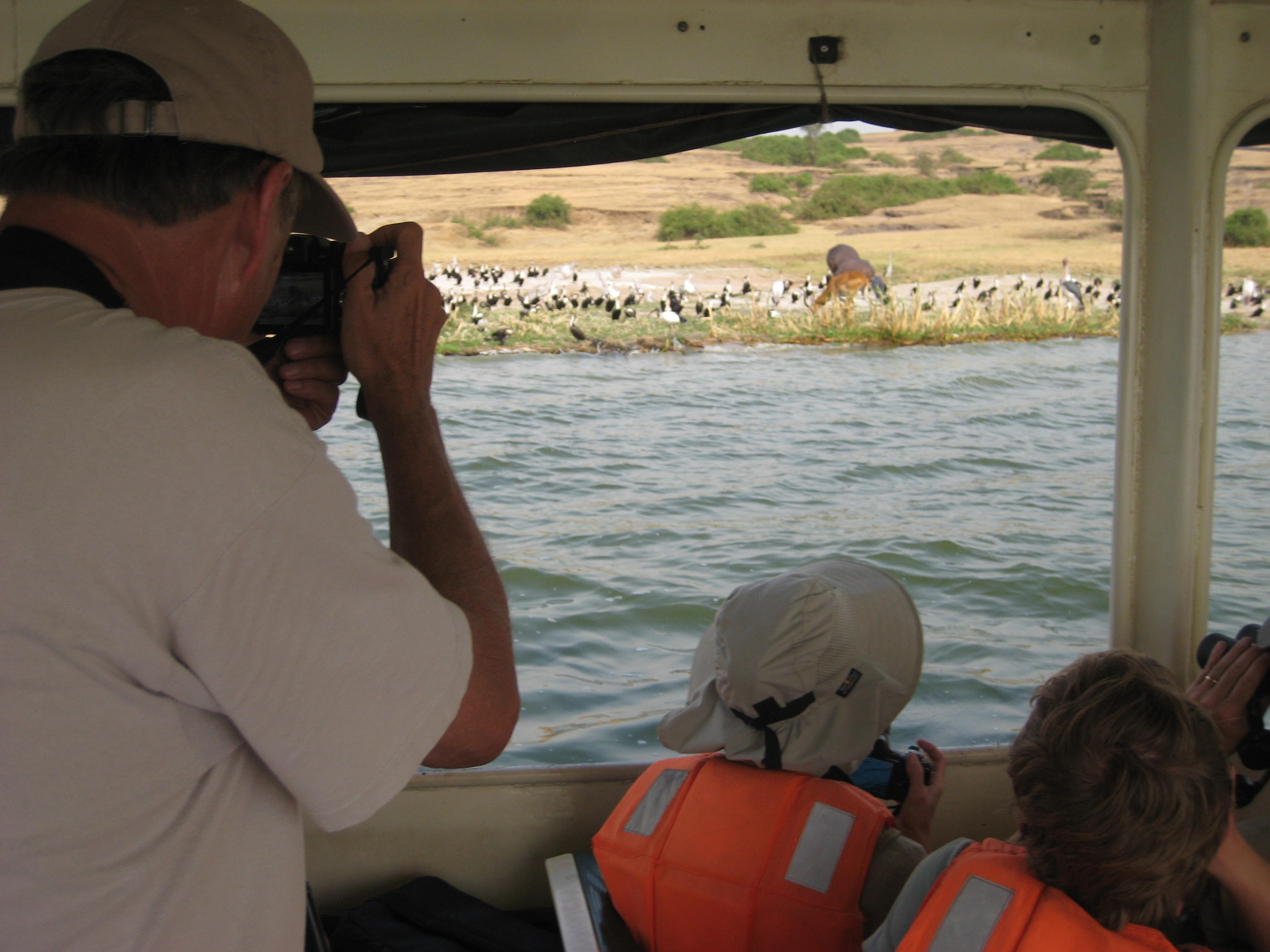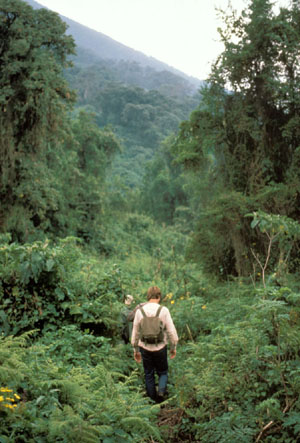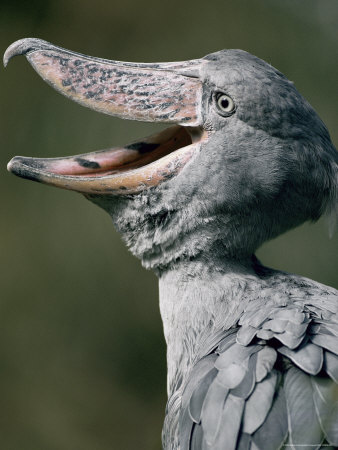
Our group of 13 was divided into three sub-groups. Four people visited the Habinyanja group, and the other two groups visited the Bitakura group (one in the morning and one in the afternoon).
Unlike Rwanda where permits are not group specific, because Bwindi is so spread out (the distance from one gorilla station to another can be 6 hours of tedious driving) permits are issued group-specific.
Habinyanja was closest to where we were staying at Buhoma. So Dave, Hope, Margo and Stephen, left the lodge at 7:30a and drove about 1½ hour to the starting point. Sometimes, Habinyanja can be within ten minutes of Buhoma.
Steve, Sarah, Doreen and Roger were headed to Bitakura. This was presumed to be a 3-hour drive from our lodge, so they started out at 6 a.m. But in fact it took them only about 1¾ hours.
The rest of us didn’t leave the lodge until 9:30a. We had lunch after a three-hour drive, and then started trekking about 1:30p.
Everyone saw gorillas! The trek I was with was the hardest one: it took us nearly two hours before we found the Bitakura family, but what a prize! We saw all three silverbacks, the one-year old, and number of other family members.
The Habinyanja group proved the easiest trek. They descended from their start point and were with the 18-member family within a half hour.

And in between was the morning excursion to Bitakura. So actually, no trek was excessively long – not even mine. But the Bwindi terrain is often more difficult than the Parcs de volcans terrain, and so in that regards it did seem taxing on some members of the group. But with attentive porters and great guides, it was a super experience for all!
One of the greatest moments of a gorilla safari is when everyone gets back, cleans up, shares some digital photos and endless stories. See my earlier blogs about mountain gorilla trekking: it’s not just a personally rewarding and dramatic experience, but a real part of successful conservation.
Tomorrow, our long trek into Rwanda!
Personal Note: This was my 50th gorilla trek! Somewhat ironic, since I’ve had only 6 of those in Uganda, most of the rest in Rwanda (and 5 in The Congo). I quietly celebrated by sitting on my deck at the lodge and listening to the sounds of Bwindi until I fell asleep.










